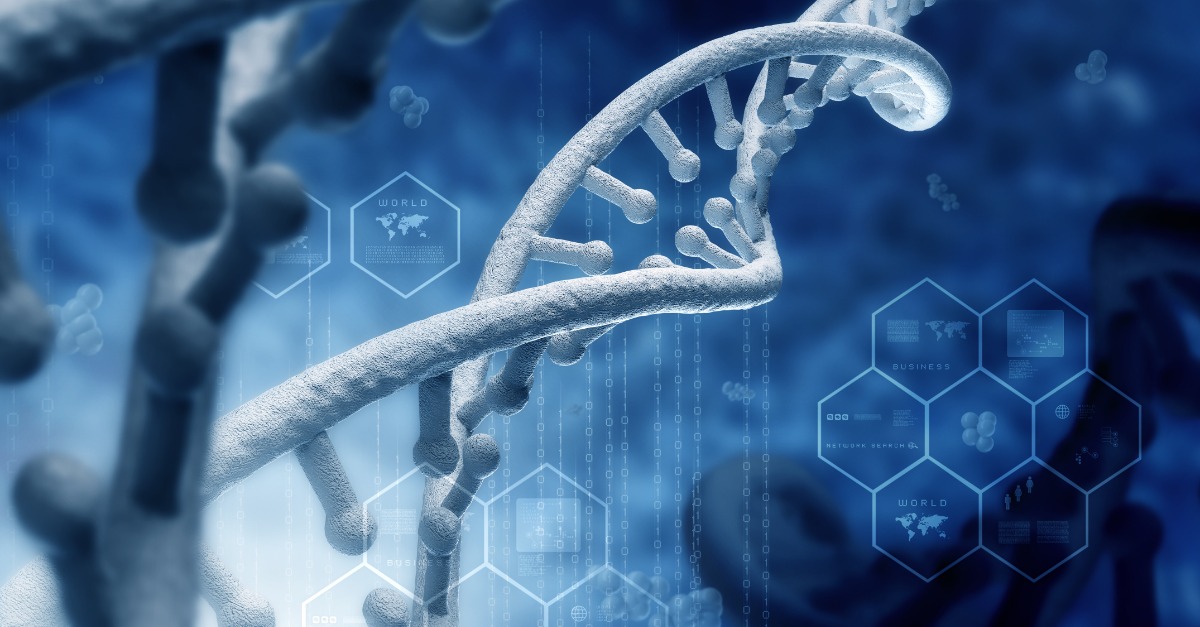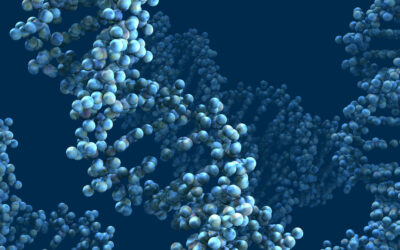What is PPARG?
PPARG stands for peroxisome proliferator-activated receptor gamma. It is a protein that acts as a transcription factor, meaning it regulates the expression of various genes involved in important physiological processes. PPARG belongs to a family of nuclear receptors known as peroxisome proliferator-activated receptors (PPARs), which play key roles in lipid metabolism, glucose homeostasis, and inflammation.
PPARG is encoded by the PPARG gene and is primarily found in adipose tissue (fat cells), where it controls the expression of genes involved in adipogenesis (the formation of fat cells) and lipid metabolism. However, PPARG is also expressed in other tissues such as the liver, skeletal muscle, and immune cells, indicating its broader significance beyond adipose tissue.
The activation of PPARG occurs when specific molecules, called ligands, bind to it. These ligands include various fatty acids, as well as synthetic drugs used in the treatment of diabetes, such as thiazolidinediones (TZDs). Once activated, PPARG forms a complex with another protein, retinoid X receptor (RXR), and together they bind to specific regions of DNA called PPAR response elements (PPREs) to regulate the expression of target genes.
PPARG plays a critical role in lipid metabolism by promoting the uptake and storage of fatty acids in adipose tissue. It also influences insulin sensitivity, glucose metabolism, and inflammation. Therefore, PPARG is involved in several metabolic processes and has been implicated in the development of metabolic disorders such as obesity, insulin resistance, and type 2 diabetes.
PPARG and Nutrigenomics
In the field of nutrigenomics, PPARG is of particular interest because its activity can be influenced by dietary factors. It was at the top of the A-list when Ruth DeBusk and Rosalyn Gill were developing the original algorithm for GenoVive. Different dietary components, such as fatty acids and plant-derived compounds, can act as ligands and activate or modulate PPARG’s function, leading to various physiological effects.
Through its regulatory capabilities, PPARG acts as a molecular switch, modulating genetic responses to the foods we consume. This places PPARG as a crucial mediator in the intricate relationship between nutrition and gene expression. Understanding the role of PPARG in gene regulation and its interactions with nutrients is crucial for unraveling the complex relationship between nutrition and genetics, paving the way for personalized nutrition approaches and potential therapeutic interventions targeting PPARG for metabolic disorders.
Why PPARG is So Important
PPARG, as a master regulator, plays a central role in this narrative, influencing how our bodies respond to nutritional stimuli. By unraveling the complexities of PPARG and its interactions with nutrients, researchers are paving the way for precision nutrition approaches tailored to an individual’s genetic profile. As our understanding deepens, the potential for harnessing the power of PPARG in nutrigenomics holds tremendous promise for optimizing health and well-being.





